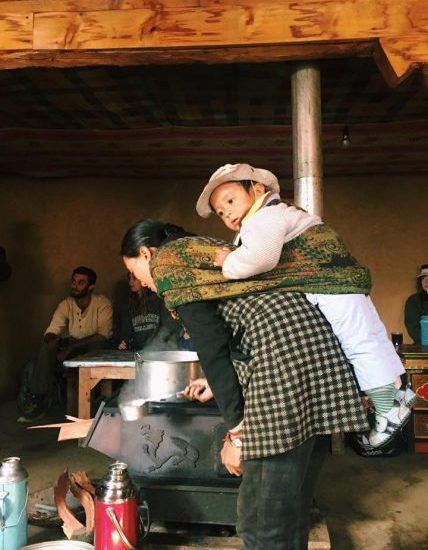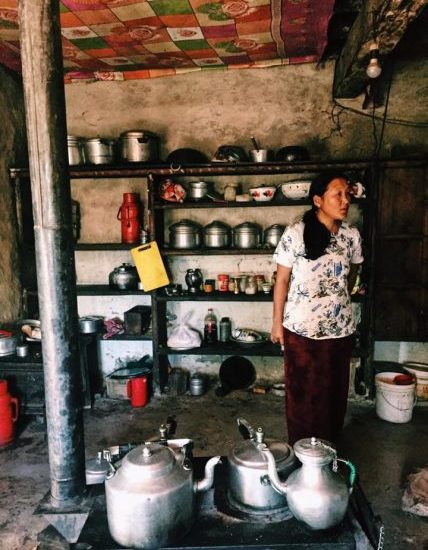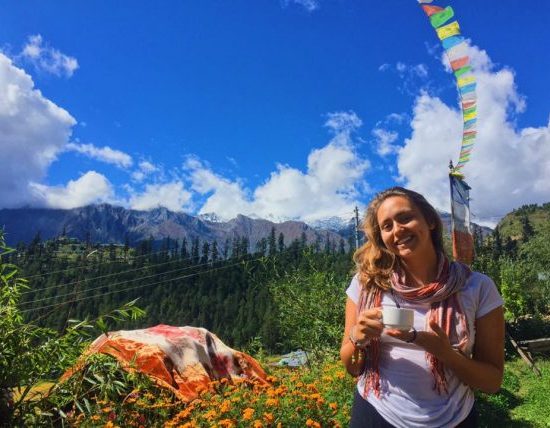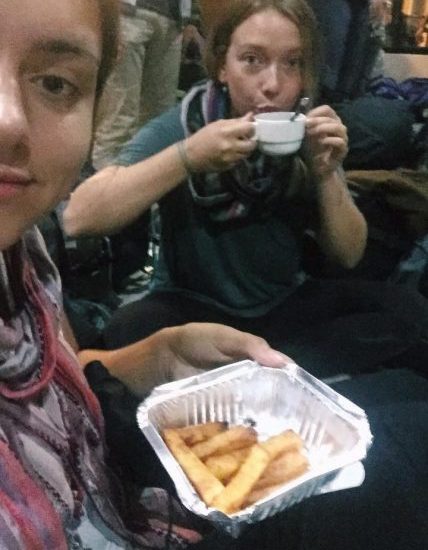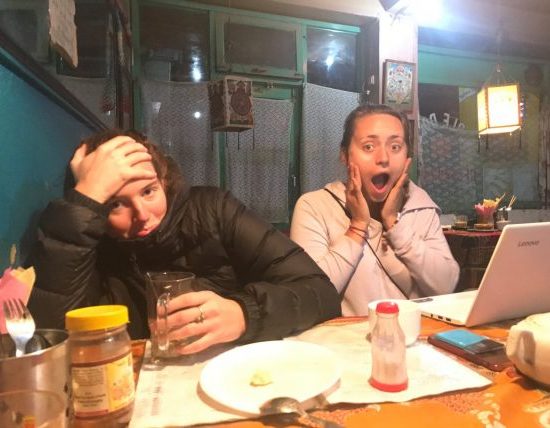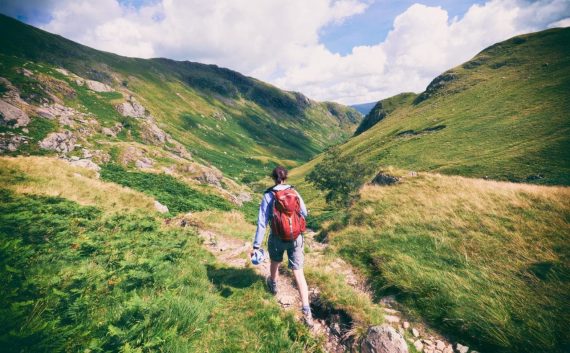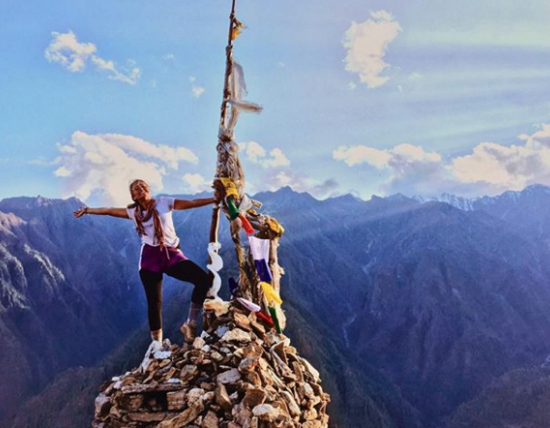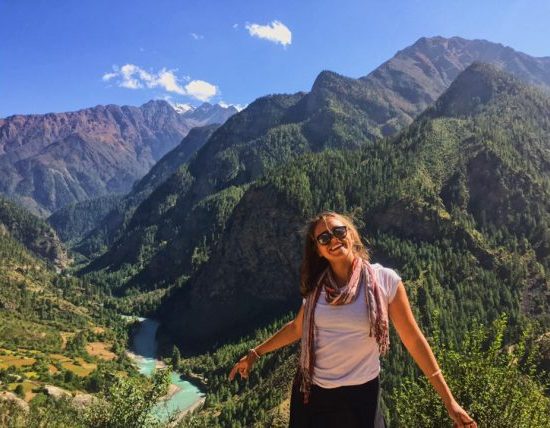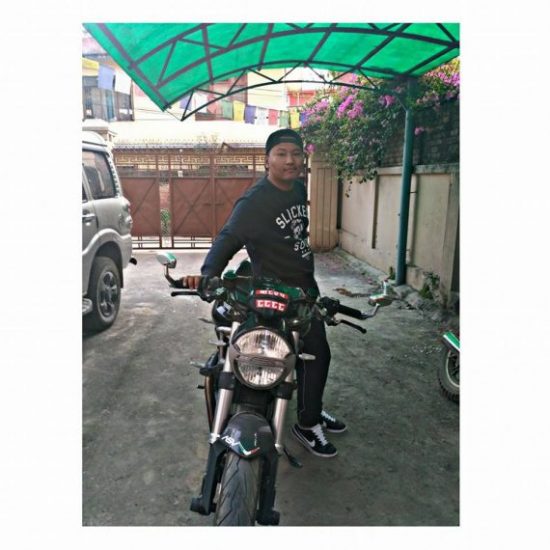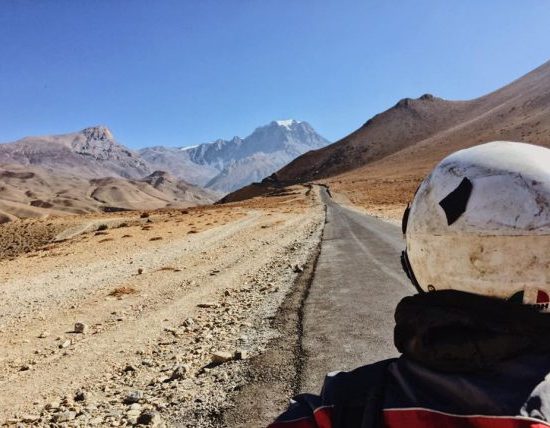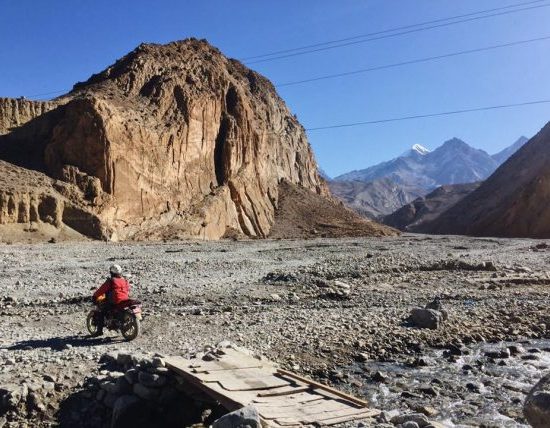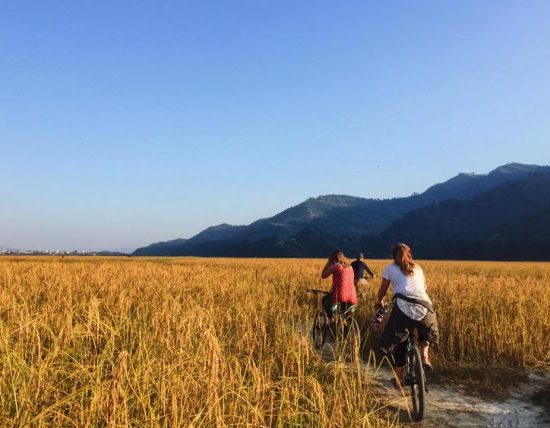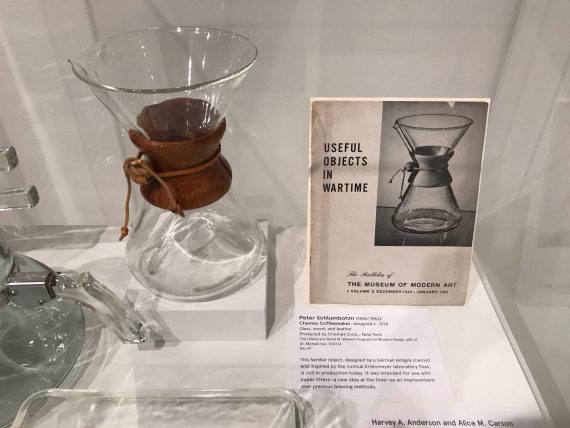
Week 7: Coffee
Here in the US and all around the world coffee is an ever present commodity. It can be made using several different processes (French Press, American Drip, Keurigs) and for many different occasions. While being such a ubiquitous drink each country adds is own variation to it through preparation, flavor, or presentation. Tell us what the coffee scene is like where you’re studying. Is it reserved for special occasions or is it all over? How is it typically prepared? Are coffee shops a place of gathering or a quick stop on everyone’s morning route? Did you visit any local coffee shops? Are chains like Starbucks present in the place you’re staying? Tell us about your experience with this beverage.
Oneida Shushe
One of the stereotypical images I have of Europe is captured by Vincent van Gogh’s painting Café Terrace at Night. I think of warm summer days and mostly men sitting in the outdoor part of a cafe, smoking a cigarette and drinking coffee with a friend or colleague. I’ve built this image from my time spent in Albanian cities. Besides the smoking and it often being a pleasure mostly men can enjoy, I support it. In Geneva, I haven’t seen exactly the same culture, but coffee is still a part of the lifestyle here.
Many people drink coffee in a rush in the morning or alone at their desk throughout the day to power up on caffeine (coffee vending machines are a thing here). But my favorite thing about the drink is how social it can be! Bumped into someone on the street but can only speak to them briefly? Ask to catch up more over coffee. Need to meet with a colleague to go over that draft which needs to be a final copy soon? Talk it out over some café au lait. First date? Maybe you’re so used to asking people to coffee all the time that asking someone you like is familiar and comfortable enough in an otherwise uncertain situation.
At a certain point, coffee becomes an excuse for meeting up with people, and that’s what I love most about it. Sometimes, when the afternoon is going by slowly, a few interns at the World Health Organization headquarters meet up briefly for coffee. I actually don’t love the drink, but if I’m invited to coffee, I’ll respond oui, bien sûr, knowing that the drink will be okay, but the conversation will be better.
Micah Dirkers
My experience with coffee abroad was rather limited, particularly in the city of Edinburgh itself. Over fifteen Starbucks Coffees dotted the city of Edinburgh, yet I can say that I never stepped foot in one of them, nor did I really have any desire to. Many other venues which served coffee and coffee shops themselves were very common in Edinburgh, however, during my semester abroad in Edinburgh, I drank coffee rather infrequently in the city. However, while walking around the city, particularly during the morning hours and around lunch, I would see the coffee shops busy and observe many people maneuvering the city streets with caffeine in hand. Another popular time for coffee was in the afternoon hours of 16:00-17:00, as people would often need an afternoon pick-me-up. While the variety of caffeinated beverage in Edinburgh was impressive, my experience with them was not.
That said, nearly each weekend, I went to a different place in Scotland, and one of my goals during these trips was to sample a cappuccino from each place I visited (you know, each place which actually had a coffee shop, it’s hard to find those in the Highland wilderness, so I probably sampled six in total) to compare the variations in flavor, roast, milk, and composition. I remember one cappuccino I purchased on the Holy Island of Lindsfarne which was piping hot, even after letting the drink sit for a time, that it left my tastebuds overloaded with heat for the next week—a drink to remember. In comparison to coffee shops in the United States which often label the beverage excessively with “Caution,” “Hot,” or “Warning,” the cappuccinos I had in Scotland were not marked as such, or maybe it was just the small sample of places I had visited which didn’t mark the drinks. After that experience, however, I learned the “just right” temperature for a cappuccino, which has guided me when I order that drink at Colgate from the Hieber Café. While I cannot say that I had the most involved experience aboard with coffee, someone who might have a closer relationship to coffee than myself would find that Edinburgh offers many options for a caffeine consumer to devour many cups of this commodity.
Jenny Lundt
Tea is the choice of drink in Nepal, instead of coffee. People generally get their caffeine fix from multiple servings of tea daily. So, I rarely drank coffee during my semester abroad.There was one well known coffee place in the Boudha Stupa area that most students went to. It was hard to find constant, available WiFi (even in our program house), so things like class registration, grant applications, and messages home were centered in Himalayan Java. This is one of the only chain restaurants in Nepal with around 10 in the country in total. The prices of drinks were like $4, which most of us felt was an outrageous price because of how cheap everything else was.
However, the most common drink in all of Nepal is milk tea which we call “chai tea” here in the US. The name is repetitive because “chai” already means tea in Nepali. We had several tea breaks built into our school day. We were released from class with a gong sounding where we would head out into the dining area and fill our mini cups with hot milk tea from intricate thermoses. The best milk tea I drank was in Humla with fresh yak milk straight from the pasture.
Po Cha (butter tea) is an integral part of Tibetan and Himalayan life. Traditionally, the drink is made from tea leaves, yak butter, water, and salt. Since butter is the main ingredient, it has many calories which is good for extremely cold weather, high altitudes, and energy. The fat of the butter also prevents against lip chapping. It is very important in the culture to serve to guests. The classic method of serving is to replenish the cup after every few sips, so the guest will never be empty handed. This was very kind of them, however I really hated the taste of butter tea, so it was not a good thing at all for me. I would describe the taste almost as drinking hot creamy, froth from the ocean. Not personally ideal. My host family was not very partial to butter tea, so I got lucky in this sense. Some of my classmates had Tibetan tea served to them at home for breakfast, lunch, and dinner every day. We also were served the drink a lot when we went to Humla and stayed with families. Butter tea for them was just a part of daily life. So, despite my deepest wishes, I drank a lot of Butter tea during that trip.
My favorite hot drink that I had during my time was honey, lemon ginger tea. I will cherish chilly fall mornings on rooftop cafes observing the pilgrims circumambulating the stupa while sipping on my tea. I have tried to recreate the delicacy here, but to very little avail. My roommates this semester hate when I stink up the kitchen with large amounts of boiled ginger.


